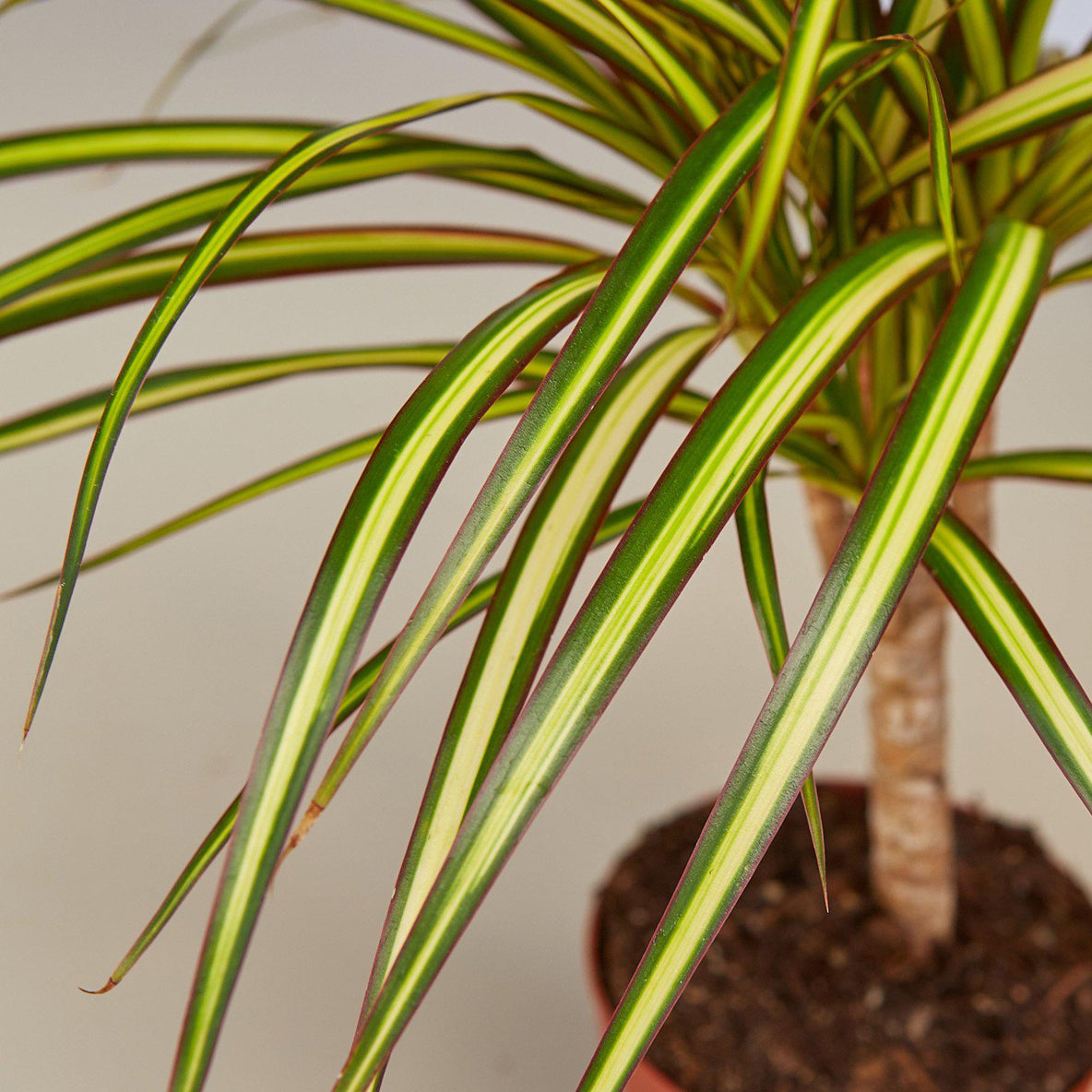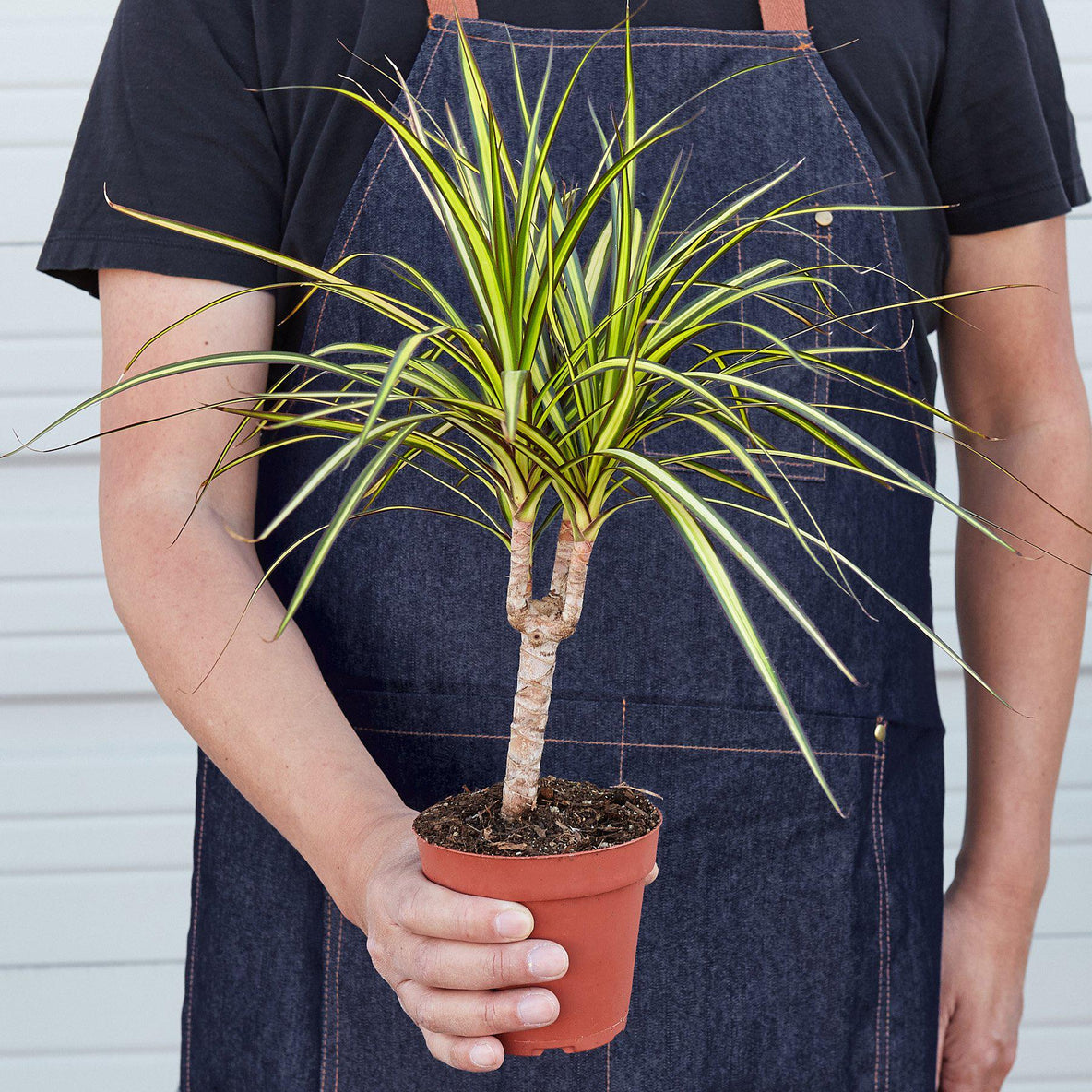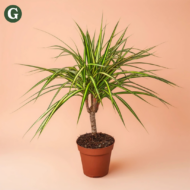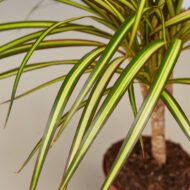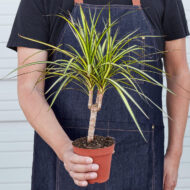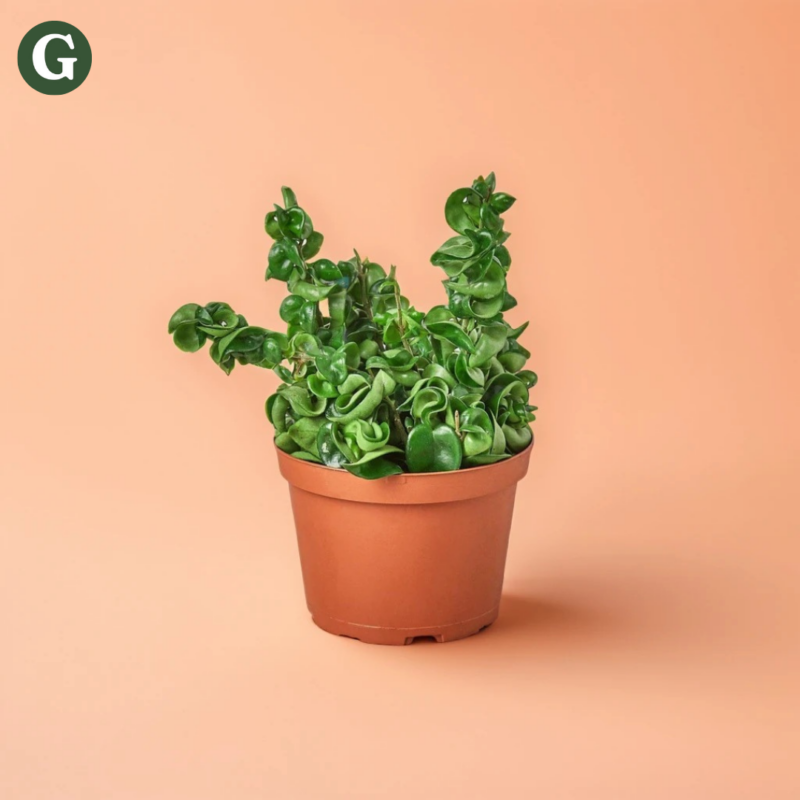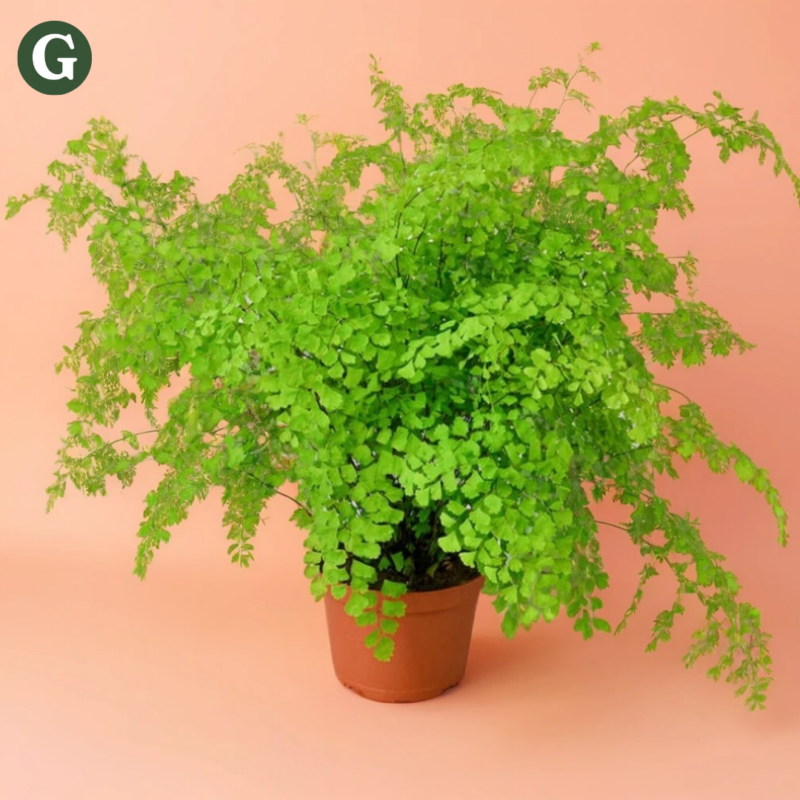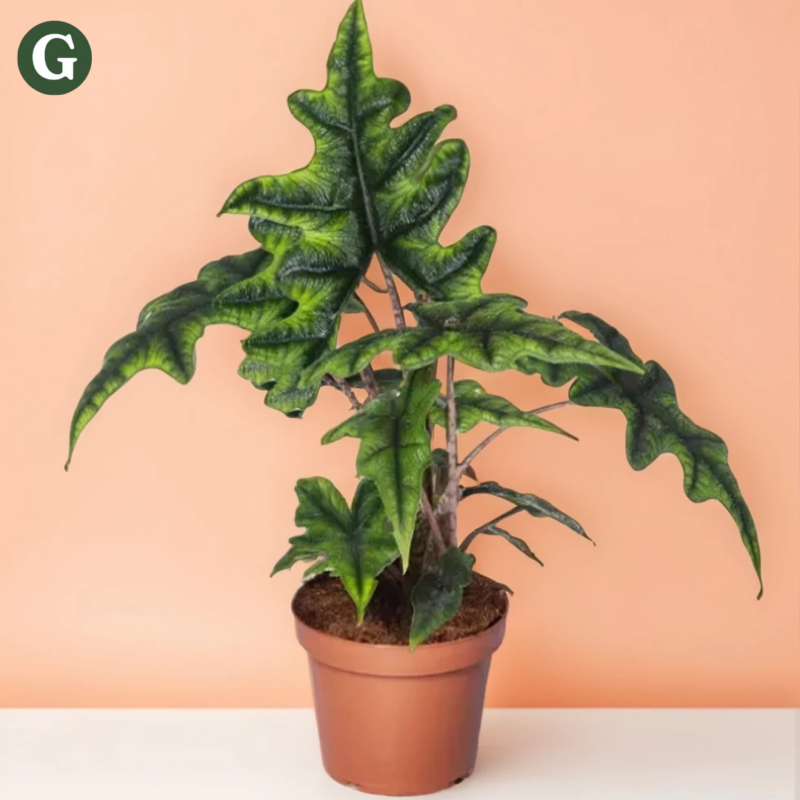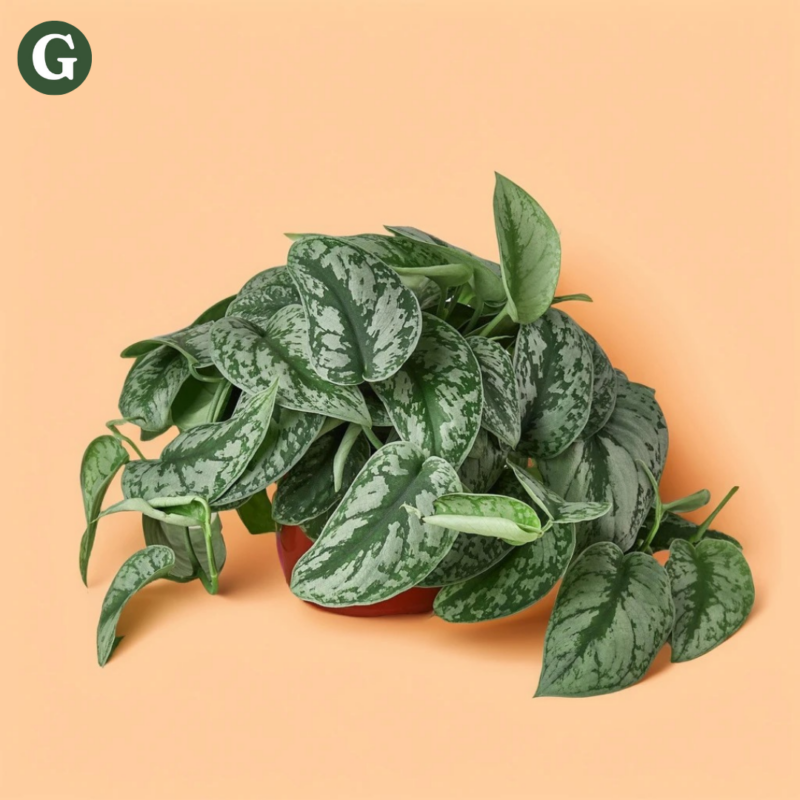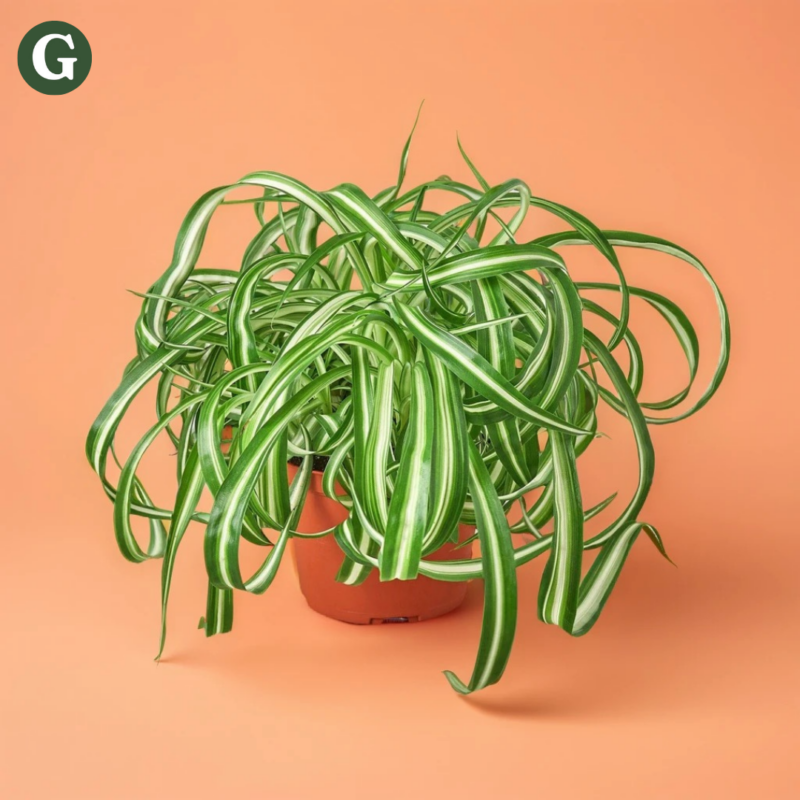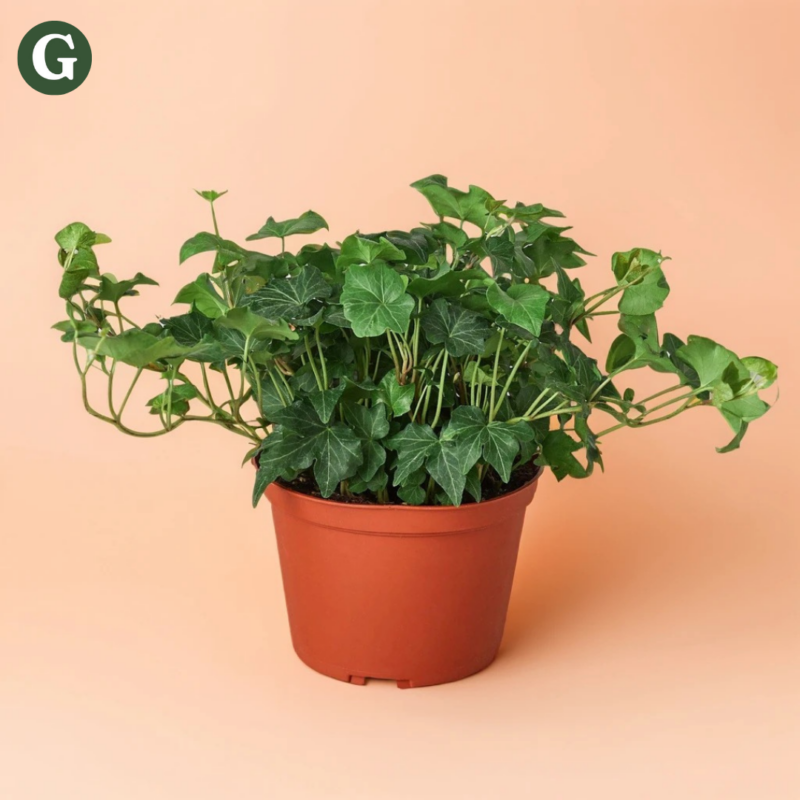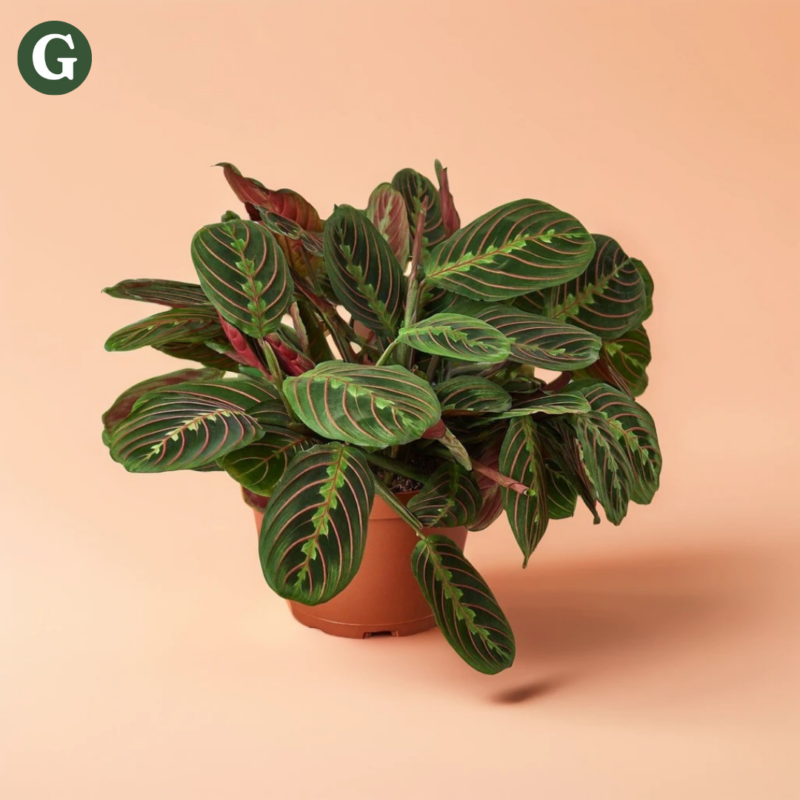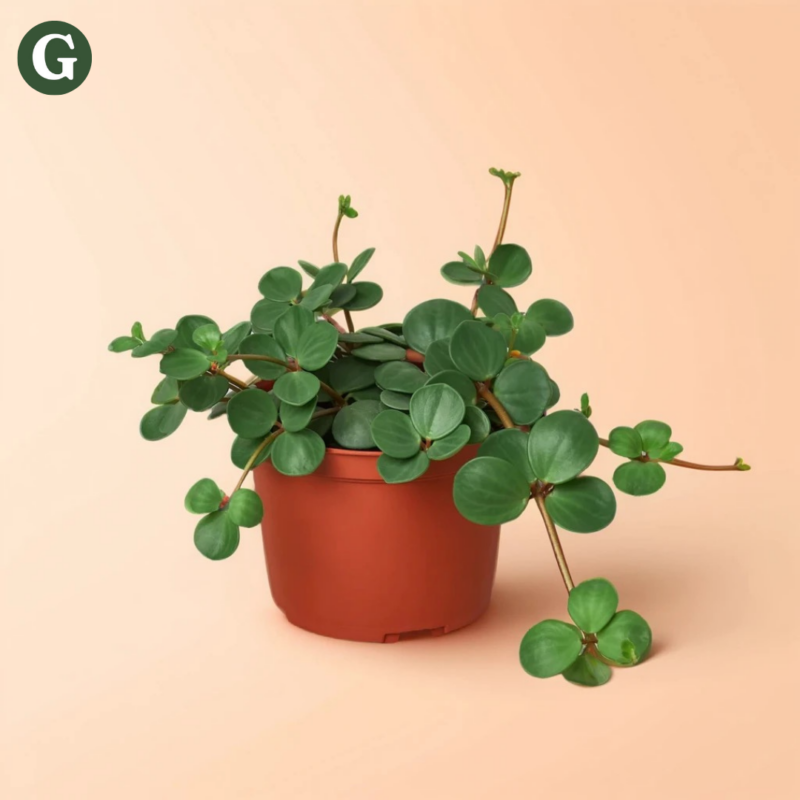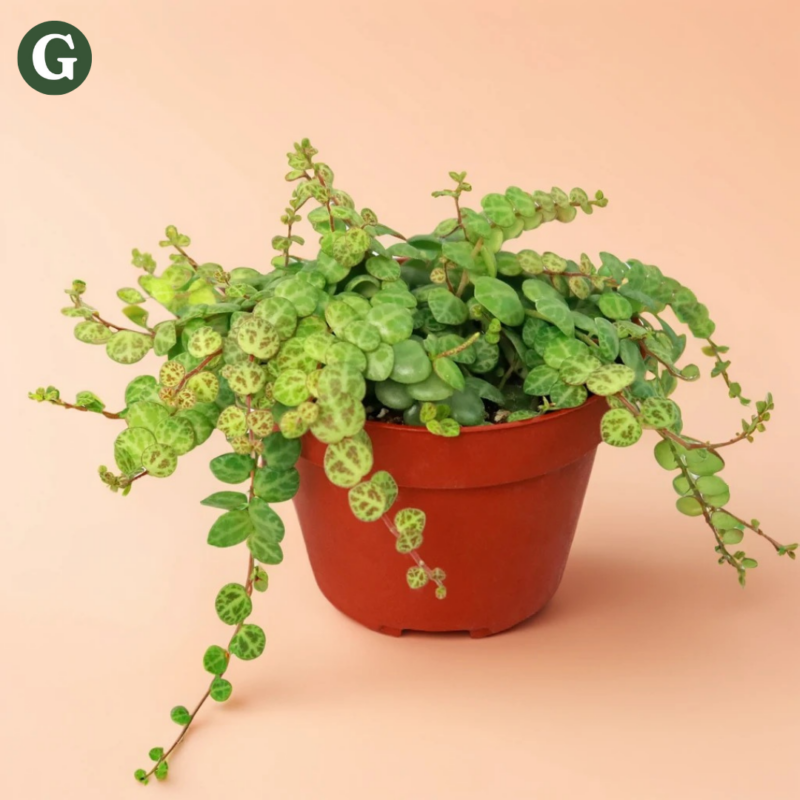Dracaena Marginata Sunshine
Botanical Name: Dracaena marginata 'Sunshine'
Common Name(s): Sunshine Dracaena, Dragon Tree Sunshine
The Dracaena Marginata Sunshine is a striking, colorful variety of the popular Dracaena Marginata. This variety is known for its elegant, arching foliage, with long, narrow leaves that feature a vibrant yellow and green variegation. The central green stripe runs down the middle of each leaf, while the edges are highlighted with a bold golden yellow, creating a beautiful contrast and a “sunshine” effect that brightens up any room. The plant's slender, upright stems and lush, spiky foliage give it a modern, tropical feel that works well in a variety of interior design styles, from contemporary to eclectic.
Native to Madagascar, this plant thrives in warm, humid environments but can adapt well to typical indoor conditions, making it an excellent choice for both beginner and seasoned plant owners. It grows in a slow, upright fashion and can eventually reach heights of 4–6 feet (1.2–1.8 meters) when grown indoors, with its long leaves adding a striking vertical element to your space.
This plant prefers bright, indirect light to maintain its vibrant yellow variegation, but it can tolerate lower light conditions. In lower light, the yellow edges of the leaves may become less pronounced. It’s important to avoid direct sunlight, as it can scorch the leaves, leading to unsightly brown spots. This plant does best in average room temperatures between 65-75°F (18-24°C) and is relatively tolerant of fluctuating temperatures. However, it should be kept away from cold drafts and sudden temperature changes.
This Dracaena variety enjoys well-draining, slightly acidic to neutral soil. Water the plant when the top 1-2 inches of soil feel dry to the touch, ensuring that the pot has good drainage to prevent root rot. This plant also does not like to sit in standing water, so ensure that excess water drains away after watering. Known for its air-purifying qualities, this plant aids in removing common indoor toxins like formaldehyde, benzene, and xylene, making it a great plant for improving indoor air quality while adding visual interest to your home or office.
Note: This Dracaena is toxic to pets, especially cats and dogs, if ingested. The plant contains saponins, which can cause vomiting, drooling, and other digestive issues.
Care Insights & Expert Tips
- Repotting: Repot every 2-3 years, or when the plant becomes root-bound. Handle with care as the sap can irritate the skin.
- Fertilize once a month: Feed your plant with a balanced liquid fertilizer diluted to half strength once a month during the growing season.
- Reduce fertilizing in Winter: During the fall and winter, the plant's growth slows down, so reduce or stop fertilizing during this period.
- Trim leggy growth: If the plant becomes leggy or uneven in shape, you can cut back the stems to encourage a fuller, bushier growth habit.

Visit our plant care library
Find essential tips to keep your plants thriving, vibrant, and healthy.

